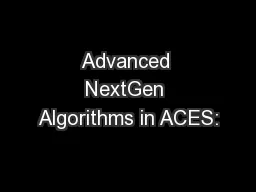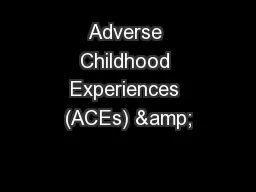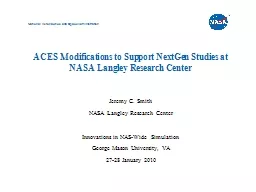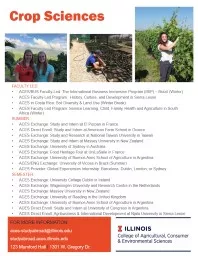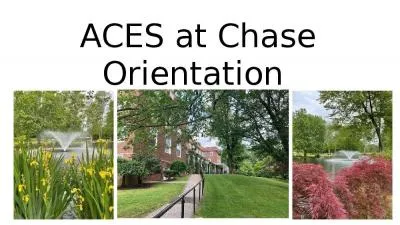PPT-Advanced NextGen Algorithms in ACES:
Author : alexa-scheidler | Published Date : 2018-11-08
DAC CNS Frederick Wieland PhD ACES Architecture Communications Navigation and Surveillance Dynamic Airspace Design Service DADS Timebased Merging and Spacing
Presentation Embed Code
Download Presentation
Download Presentation The PPT/PDF document "Advanced NextGen Algorithms in ACES:" is the property of its rightful owner. Permission is granted to download and print the materials on this website for personal, non-commercial use only, and to display it on your personal computer provided you do not modify the materials and that you retain all copyright notices contained in the materials. By downloading content from our website, you accept the terms of this agreement.
Advanced NextGen Algorithms in ACES:: Transcript
Download Rules Of Document
"Advanced NextGen Algorithms in ACES:"The content belongs to its owner. You may download and print it for personal use, without modification, and keep all copyright notices. By downloading, you agree to these terms.
Related Documents

